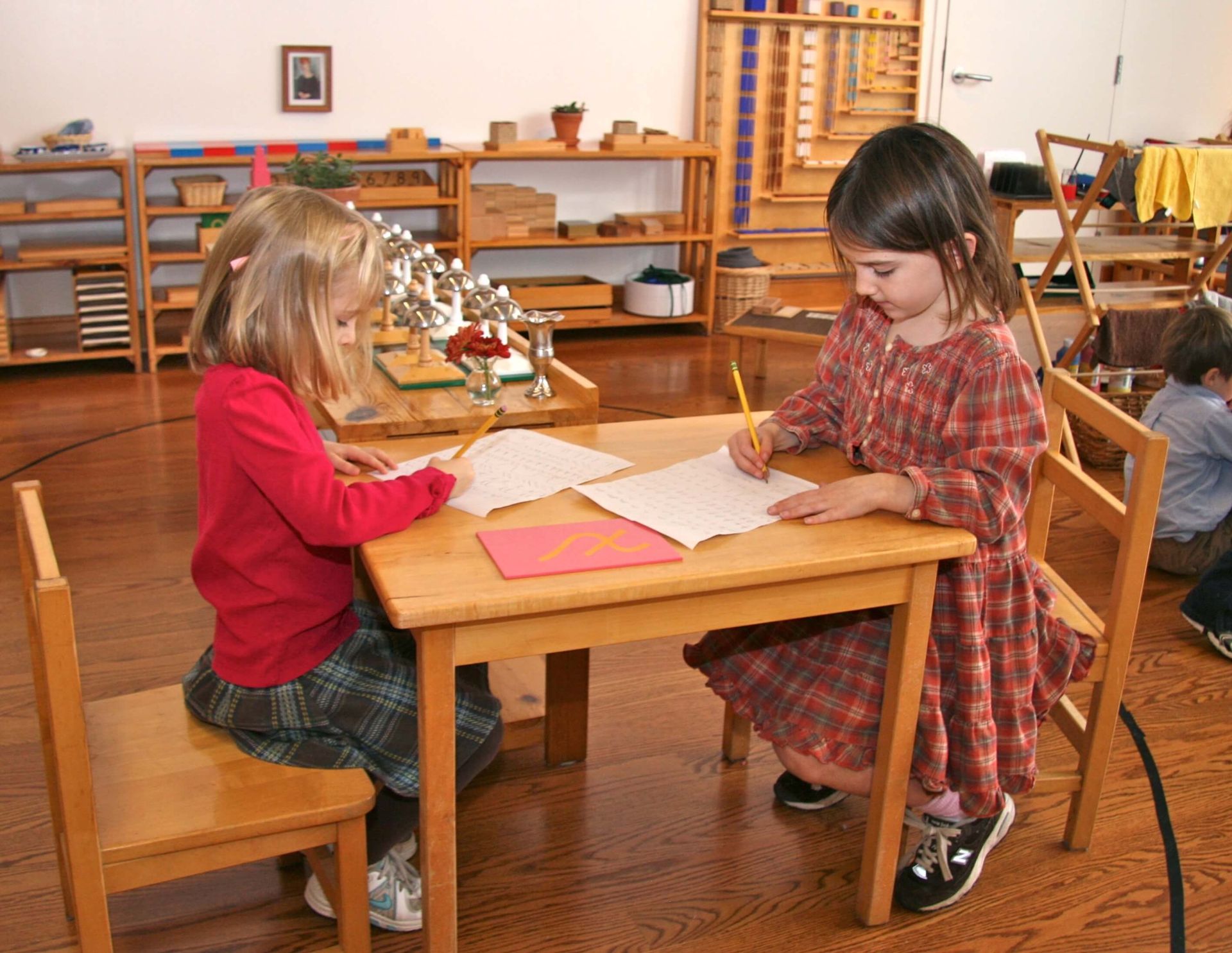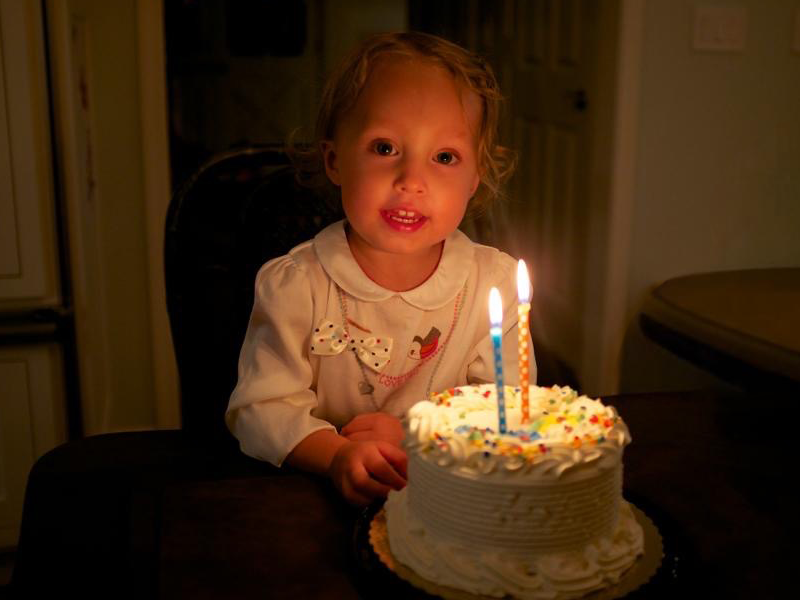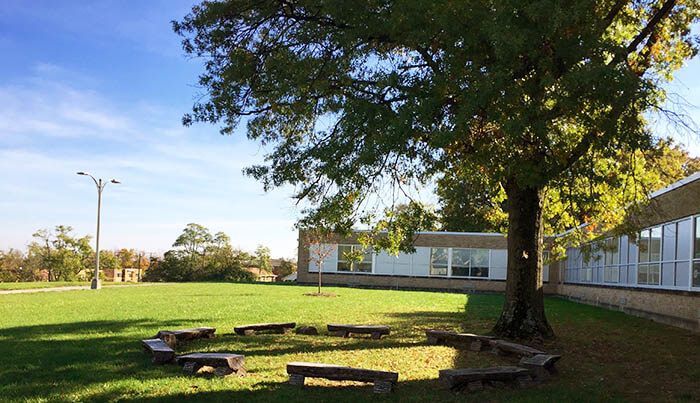
In October, Paula Lillard, Lynn Jessen and I visited two large public Montessori schools in Cincinnati, Ohio. These schools, Clark Montessori High School, with 717 students, and Gamble Montessori High School, with 500 students, have many things in common: their students chose Montessori over traditional public school; many are children who have been in one of the five public Montessori schools in Cincinnati, but for some, like the three students who gave us our tour of Gamble, this is their first experience with Montessori education. Both schools train all of their teachers in a Montessori program designed specifically for seventh through twelve grades. Clark and Gamble have specific, Montessori-inspired guidelines for students and teachers to follow. Both schools have multi-aged classrooms, combine subjects, provide long blocks of time for each class, encourage student-led projects, involve outdoor work in the form of service trips that include living and camping in natural settings, and promote deliberate interactions with society.
Seeing these public Montessori schools was deeply moving. This is a definite, deliberate movement to inspire change in the world.
Dr. Maria Montessori’s vision for peace through education was palpable in both Clark and Gamble. The way students moved through the halls and interacted with each other and their teachers showed that they were engaged in learning and felt respected and safe. One administrator we spoke to explained, “Our focus at Gamble is on building a community where everyone looks out for one another. Wherever we can give students choice, we do. We’re out here making mistakes and learning, right alongside the children.” The faculty and administration's care for their students and their inspiring stories won our admiration and encourages us that Montessori education, through public Montessori schools, is indeed planting seeds of peace for the future.
Finding the Soil
I couldn’t help but think that this movement started, to a great degree, from Paula Lillard’s early efforts as a young mother living in Cincinnati. “In the 1960’s,” Paula Lillard says, “there really wasn’t any Montessori in Cincinnati that we knew of. There were awful riots happening in Avondale—a neighborhood I drove through on a weekly basis before and then after the riots—and the devastation was horrible. This was the decade when the Kennedys and Martin Luther King Jr. were shot. My friends and I were concerned about the violence. At the same time, the first Montessori pre-school classroom started at Cincinnati Country Day School, and we noticed the positive experiences our own children were having in there. We wanted to make Montessori education available to families in underprivileged communities.”
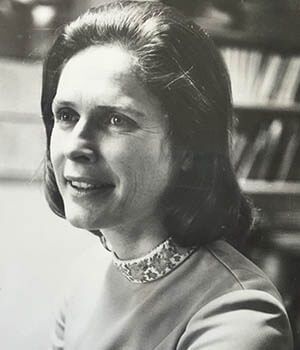
Towards this effort, Paula and some of her friends founded the Cincinnati Montessori Society, with the goal of getting classrooms started in the inner city. They wrote up proposals, found sites, and when public money became available, they were poised to act. They succeeded in getting Head Start preschools in the area to be Montessori-based. Knowing that trained teachers would be needed, they convinced Xavier University to start a graduate-level Montessori training course, which is still going strong today. The public Montessori schools spread with the help of persistent advocacy from the children’s parents and their community leaders. To read some of the inner-city parents’ comments on this movement, see pages 146 to 149 in Paula’s book, Montessori: A Modern Approach. They may bring tears to your eyes.
The spread of Montessori in Cincinnati has been a great success story; according to Clark’s Principal, Dean Blase, there are a total of 5,000 children currently in the Cincinnati public Montessori schools. This means that through a combination of the private and public schools, roughly one in seven children are now receiving Montessori education in the city of Cincinnati.
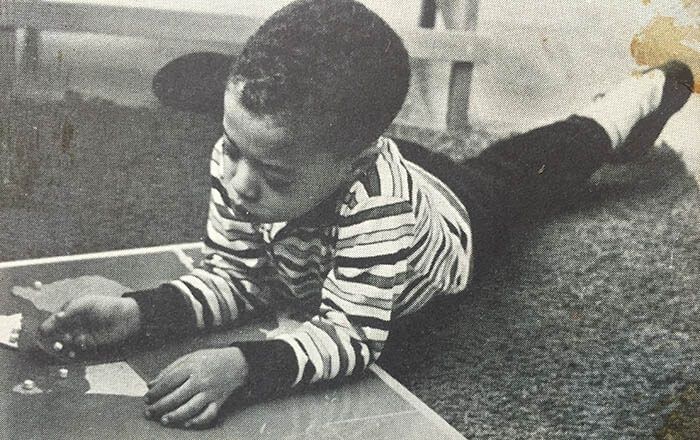
Trees Make Forests
In 1982, Paula Polk Lillard, Lynn Lillard Jessen, and Jane Linari founded Forest Bluff School as an experiment and as a model for what could be accomplished if Montessori’s principles were closely followed. To this day, our school aims to be a starting point and an example of how a school can run smoothly and meet the children’s needs with a Montessori approach. Two heads of Montessori schools in the Chicago area started as teachers at Forest Bluff: Jennifer Hanna, who founded Chicago Montessori School, and Patty Eggerding, at West Suburban Montessori School. Beth Clayton, who taught our Secondary Level for six years, also went on to found and become Head of Journey Montessori School in New Mexico, where she now lives with her family. We hope more of our teachers will become leaders in other communities after their time with us. We also hope that those Forest Bluff parents who have had to relocate to different parts of the country will continue to advocate for Montessori education and perhaps start Montessori schools like Forest Bluff in their new communities.
What ensures success? In Grit: The Power of Passion and Perseverance, researcher Angela Duckworth tells us that successful pioneers need to have both a deep interest for their own needs and a compelling desire to help others. Parents who want access to quality Montessori schools for their own children and grandchildren and who want to see that it is available to children from all backgrounds, must exercise a strong conviction and a dogged determination to start new schools and a willingness to help those that exist to be even better. Our parents are well versed in Montessori after attending Forest Bluff for several years and have much to offer other parent communities. Our teaching directors also receive a great deal of information on how a school can run smoothly, because they are included in decisions in the running of the school and get experience from the inside. For all of our Montessori schools to succeed, educators and parents must remember to carry with them an attitude of always learning more and of continually observing children’s natural behaviors.

While driving our rental car down the highway on this recent trip to Cincinnati, Paula Lillard told Lynn and me, “What I think was so unique about Maria Montessori is that when you don’t lose sight of that child, don’t put your ego in there, you will be able to see the real needs of the children and how to meet them. What was so different about Montessori was that she practiced true humility and had an ability to really see children as they are, to keep them in the forefront of her mind, always.”
Let us humbly keep planting these seeds, everywhere we can!
For information about public Montessori schools in the Chicago area, see the links below:
Clissold Elementary School
Drummond Montessori School
Oscar Mayer Magnet School
For information about Montessori at the high school level, see the links below:
Beacon Academy
Clark Montessori High School
Gamble Montessori High School

